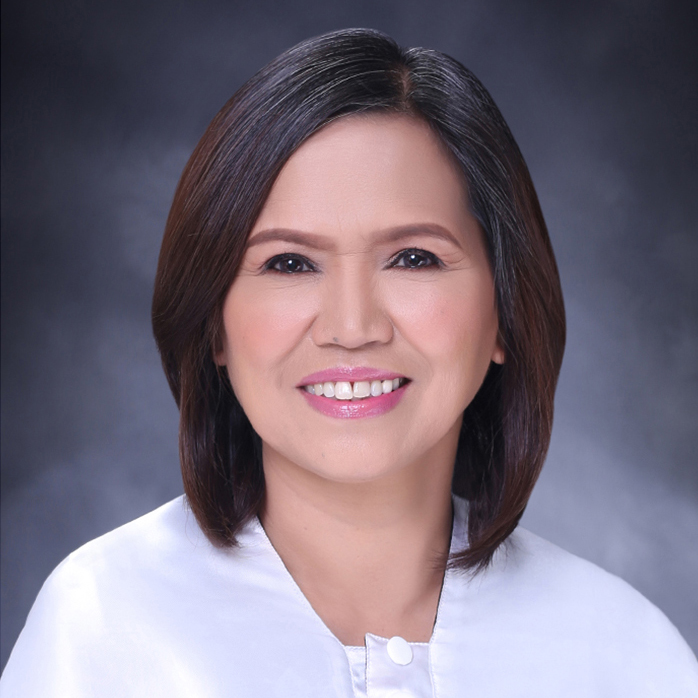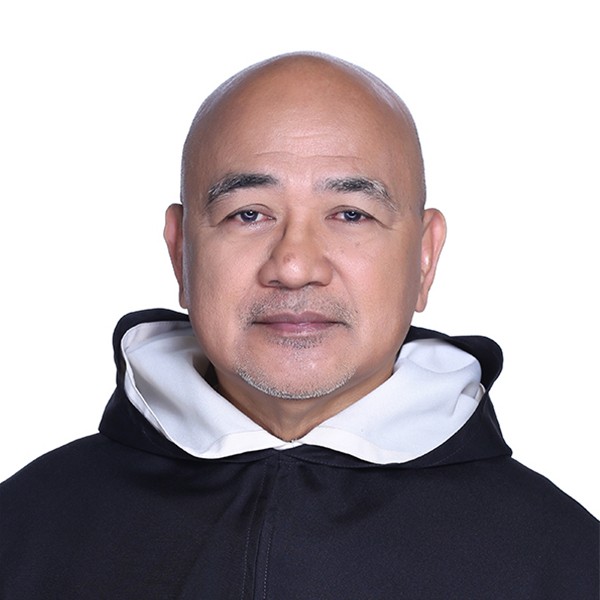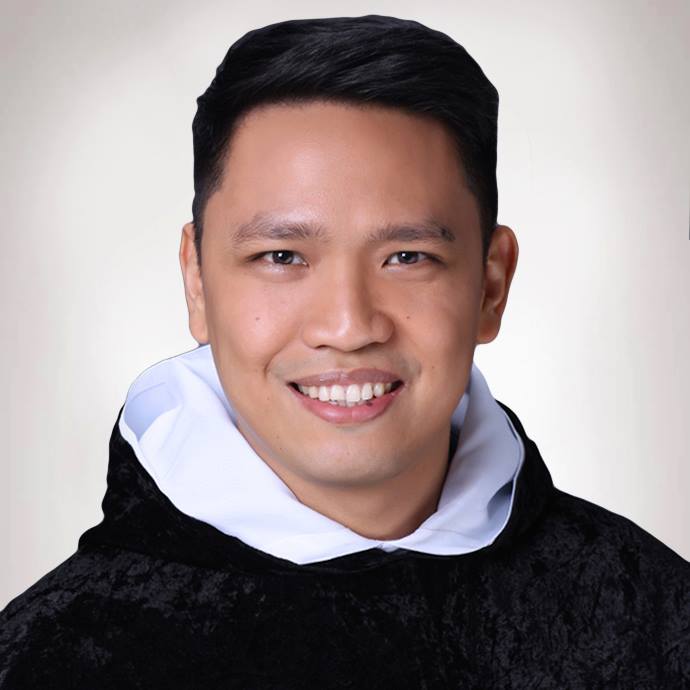The UST Senior High School inked a Memorandum of Understanding...
Read More
Announcements

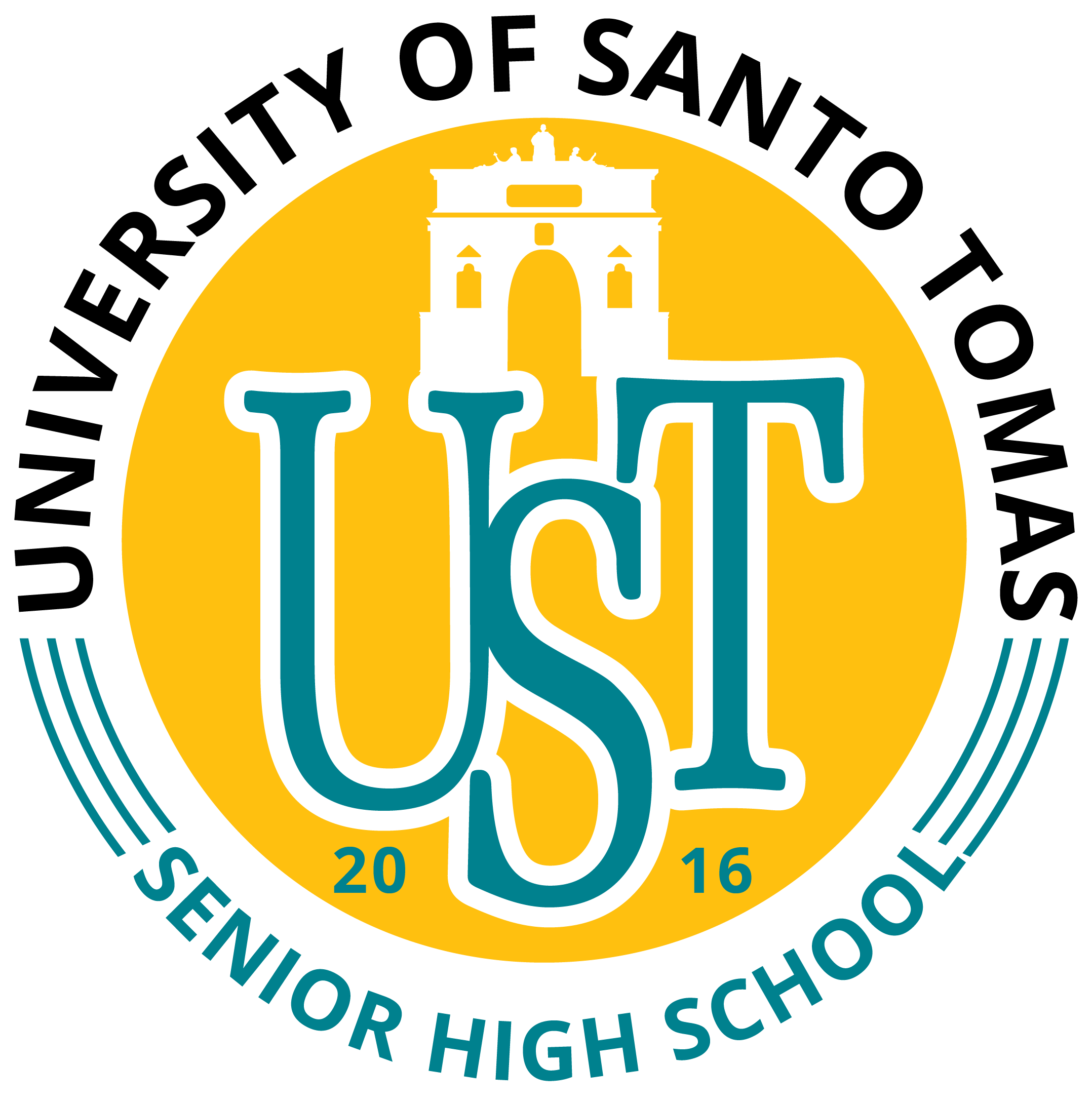
Senior High School (2016)
The Senior High School is housed in the newest building in the campus complex, the Blessed Pier Giorgio Frassati, O.P. Building, which is located across the main España campus. It is administered by experienced, competent and committed officials and faculty members who will ensure that it continues to perpetuate the quality Catholic Education that the University of Santo Tomas has been known for more than four centuries.
The academic programs have common Core subjects that are aligned with the Department of Education’s curriculum guides, as well as contextualized subjects, or those that are common to all strands but are given a particular bend according to the nature of the strand. Each strand likewise has specialized subjects that prepare the students for the tertiary program they intend to pursue.
The Accountancy and Business Management Strand provides adequate pre-university training for those who are inclined to pursue careers in entrepreneurship, banking, accountancy, finance and management in the corporate setting and in the tourism and hotel and restaurant industries. Like the other strands it is also composed of core, applied and specialized subjects. An important component of this strand is an off-campus practicum in relevant institutions.
Learners who dream of embarking on a profession that addresses concerns on health and wellness should take the Health Allied Strand. This strand equips learners with core competencies as well as specialized skills in the life sciences, thereby providing adequate preparation for their eventual admission in such tertiary programs as Biochemistry, Medical Technology, Nursing, Nutrition and Dietetics, Pharmacy, Physical and Occupational Therapy, and Speech Pathology. The strand also has an in-campus and off-campus practicum aimed at the practical application of the knowledge and skills gained in the core, applied and specialized subjects.
The Humanities and Social Sciences Strand is designed to equip the learners with the knowledge and skills required for those who wish to pursue academic degrees in the Liberal Arts (Philosophy, Literature, Communication Arts, Journalism), Education and Social Science (Sociology, History, Behavioral Science, Psychology and Asian Studies). It has three main components, a core curriculum that includes subjects common to all the strands, a set of applied subjects, the contents of which are the same in all strands but are aimed at developing a different set of competencies and specialized subjects. These specialized subjects differ in both content and competencies from the core and applied subjects.
The Music and Arts Strand prepares the learners for a tertiary education geared towards the performing arts, media and visual arts and industrial arts. It includes specialization subjects that provide the learners the needed competencies in music, theater, and creative arts. Students who wish to pursue a career in Interior Design, Industrial Design, Advertising Arts, Painting and Music should enroll in this strand. A final requisite of the strand is the mounting of Exhibit for Arts Production or Performing Arts Production.
The Science, Technology, Engineering, and Mathematics Strand offers the needed academic grounding for those who intend to pursue tertiary programs that are geared toward the physical sciences, mathematics, engineering and technology. It has an immersion subject that provides a venue for the application of the knowledge gained in both the contextualized and specialized subjects.
Learners intent on pursuing a career in sports and wellness should take the Physical Education and Sports Strand. This strand provides adequate pre-university preparation for those who like to specialize in Physical Education and Sports Science at the tertiary level. The curriculum includes specialized subjects in safety and first aid, coaching and officiating, fitness and sports recreation leadership, human movement and an in-campus and off campus practicum.
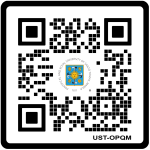
Send us your feedback
The University of Santo Tomas Senior High School envisions itself at the forefront of educational innovations that empower learners to take on the challenge of tertiary education and to develop life skills and the skills needed for scholarly pursuits, such as critical thinking and discernment skills, research skills, communication and collaborative skills, and leadership skills.
The University of Santo Tomas Senior High School is committed to forming learners to become creative problem-solvers, catalysts of change, productive citizens of the country, and zealous witnesses of the Catholic faith.
The University of Santo Tomas Senior High School (UST SHS) is the University’s meaningful contribution to the country’s trajectory toward internationalization of basic education. It is a unique articulation of the University’s unstinting commitment to excellent Catholic Education since it equips young men and women with the knowledge, skills and values needed to take on the challenge of tertiary education. It rests on the pillars of creative learning designs, cutting-edge learning technology, teacher excellence, and innovative learning environment.
A University of Santo Tomas Senior High School graduate is a / an:
Competent Consumer and user of Technology;
Reflective thinker;
Effective communicator;
Active witness to the Catholic faith
Team player
Engaged in social transformation
The UST Senior High School inked a Memorandum of Understanding...
Read MoreIn celebration of St. Pier Giorgio Frassati’s canonization, the UST...
Read MoreSenior High School Student Council
La Stampa Tomasino
Galvanize
Tiger SHOOT (Senior High Organization of Outstanding Talents)
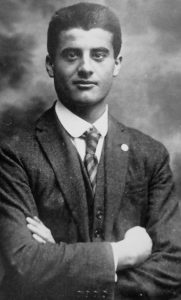
Patron of the UST Senior High School
Feast Day: July 4
Pier Giorgio Michelangelo Frassati was born in Turin, Italy on April 6, 1901. His mother, Adelaide Ametis, was a painter. His father, Alfredo, was the founder and director of the newspaper, “La Stampa,” and was influential in Italian politics, holding positions as an Italian Senator and Ambassador to Germany.
At an early age, he developed a deep spiritual life. He joined the Marian Sodality and the Apostleship of Prayer, and obtained permission to receive daily Communion, which was rare at that time. His life centered on the Holy Eucharist and on the devotion to the Blessed Virgin Mary. At the age of 17, he joined the St. Vincent de Paul Society and dedicated much of his spare time to serving the sick and the needy, caring for orphans, and assisting the demobilized servicemen returning from World War I.
He decided to become a mining engineer, studying at the Royal Polytechnic University of Turin, so he could “serve Christ better among the miners,” as he told a friend.
Although he considered his studies his first duty, they did not keep him from social and political activism. In 1919, he joined the Catholic Student Foundation and the organization known as Catholic Action. He became a very active member of the People’s Party, which promoted the Catholic Church’s social teaching based on the principles of Pope Leo XIII’s encyclical letter Rerum Novarum.
What little he had, Pier Giorgio gave to help the poor, even using his bus fare for charity and then running home to be on time for meals. The poor and the suffering were his masters, and he was literally their servant, which he considered a privilege. His charity did not simply involve giving something to others, but giving completely of himself. This was fed by daily communion with Christ in the Holy Eucharist and by frequent nocturnal adoration, by meditation on St. Paul’s “Hymn of Charity” (I Corinthians 13), and by the writings of St. Catherine of Siena. He often sacrificed vacations at the Frassati summer home in Pollone (outside of Turin) because, as he said, “If everybody leaves Turin, who will take care of the poor?”
In 1921, he was a central figure in Ravenna, enthusiastically helping organize the first convention of Pax Romana, an association which had as its purpose the unification of all Catholic students throughout the world for the purpose of working together for universal peace.
He often went to the theater, to the opera, and to museums. He loved art and music, and could quote whole passages of the poet Dante. Mountain climbing was one of his favorite sports. Outings in the mountains also served as opportunities for his apostolic work. He never lost the chance to lead his friends to Mass, to the reading of Scripture, and to praying the rosary.
Fondness for the epistles of St. Paul sparked his zeal for fraternal charity, and the fiery sermons of the Renaissance preacher and reformer Girolamo Savonarola and the writings of St. Catherine impelled him in 1922 to join the Lay Dominicans (Third Order of St. Dominic). He chose the name Girolamo after his personal hero, Savonarola. “I am a fervent admirer of this friar, who died as a saint at the stake,” he wrote to a friend.
Like his father, he was strongly anti-Fascist and did nothing to hide his political views. He physically defended the faith, at times, involved in fights, first with anticlerical Communists and later with Fascists. Participating in a Church-organized demonstration in Rome on one occasion, he stood up to police violence and rallied the other young people by grabbing the group’s banner, which the royal guards had knocked out of another student’s hands. Pier Giorgio held it even higher, while using the banner’s pole to fend off the blows of the guards.
Just before receiving his university degree, Pier Giorgio contracted poliomyelitis, which doctors later speculated he caught from the sick whom he tended. After six days of terrible suffering, Pier Giorgio died at the age of 24 on July 4, 1925.
Pier Giorgio’s last preoccupation was for the poor. On the eve of his death, with a paralyzed hand, he scribbled a message to a friend, asking him to take the medicine needed for injections to be given to Converso, a poor sick man he had been visiting.
Pier Giorgio’s funeral was a triumph. The streets of the city were lined with a multitude of mourners who were unknown to his family — the poor and the needy whom he had served so unselfishly for seven years. Many of these people, in turn, were surprised to learn that the saintly young man they knew had actually been the heir of the influential Frassati family.
Pope John Paul II, after visiting his original tomb in the family plot in Pollone, said in 1989: “I wanted to pay homage to a young man who was able to witness to Christ with singular effectiveness in this century of ours. When I was a young man, I, too, felt the beneficial influence of his example and, as a student, I was impressed by the force of his testimony.” He was beatified on May 20, 1990 and was called the “Man of the Eight Beatitudes.”

Rev. fr. Ermito G. de Sagon, O.P., SSL
Regent
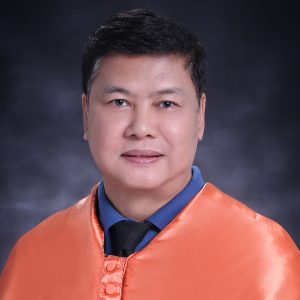
Prof. Rodrigo A. Litao, PhD
Assistant Principal for Curriculum and Instruction

Senior Teacher Hazel A. Misola, LPT, MBA
Assistant Principal for Student Formation
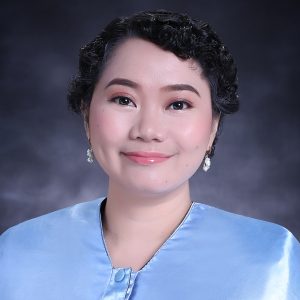
Senior Teacher Mena Angela B. Oliveros, MA
School Secretary
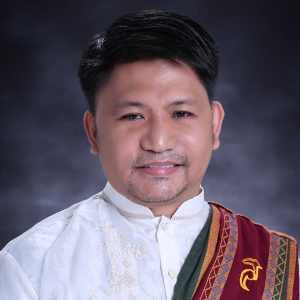
Senior Teacher Christopher C. Dacanay, LPT, MA
Science, Technology, Engineering, and Mathematics

Master Teacher Aldrine V. Guevarra, LPT, PhD
Humanities and Social Sciences
![]()
Senior Teacher Maricon P. Bangayan, MBA
Business and Management
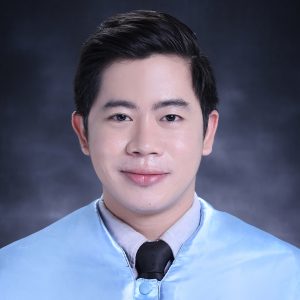
Senior Teacher John Ismael J. Medina, LPT, MA
Health-Allied
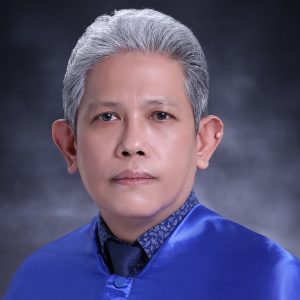
Senior Teacher Juan Carlos G. Santos, MLit
Music, Arts, and Design

Junior Teacher Honeylet C. Arga, LPT, MA
Life Skills and Sports

Rev. fr. Ermito G. de Sagon, O.P., SSL
Member (Ex-Officio)

Prof. Rodrigo A. Litao, PhD
Member (Ex-Officio)

Senior Teacher Hazel A. Misola, MBA
Member (Ex-Officio)
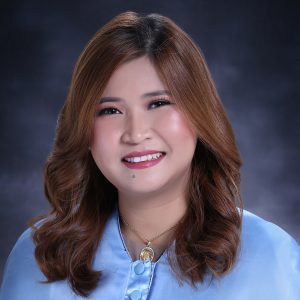
Senior Teacher Carolyn L. Nanca-Atayde, LPT, MSc
Member

Senior Teacher Corazon Dulce D. Bayatan, LPT, MA
Member

Senior Teacher Michael Erwin T. Legase, LPT, MA
Member

Senior Teacher Mena Angela M. Oliveros, LPT, MAEd
Secretary (Ex-Officio)
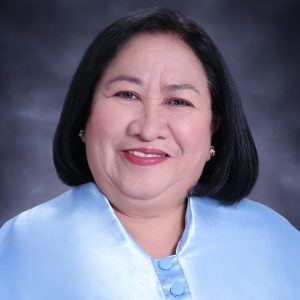
Senior Teacher Marlene L. Navera, MA
English
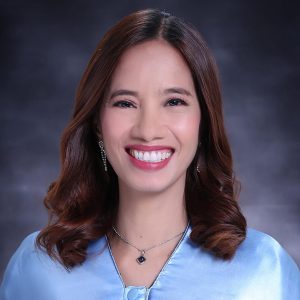
Senior Teacher Neriza C. Pesigan, MA
Filipino
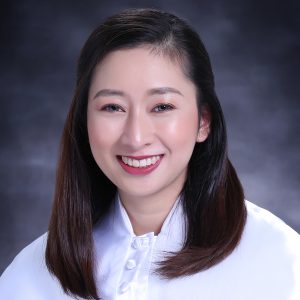
Senior Teacher Claire Ann Margareth C. Montero-Legaspi, MA
Fundamentals of Faith

Senior Teacher Efraim A. Fernandez, MA
Media Education and Digital Literacy
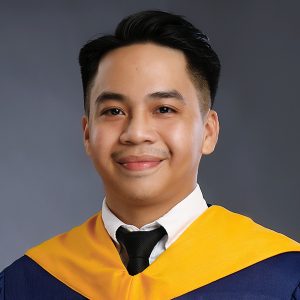
Senior Teacher Jose Lorenzo M. Sin, MSc
Mathematics and Statistics
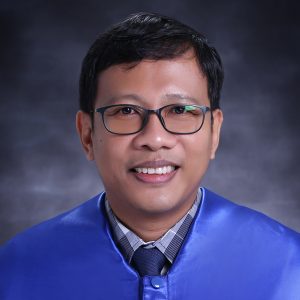
Senior Teacher Wendell Allan A. Marinay, MA
Philosophy and Personal Development

Junior Teacher Carlithflor D.J. Lao, LPT, MA
Sciences

Master Teacher Mark O. Caingal, MA
Community Development

Junior Teacher Jayson Ian V. Degollado, MA, LPT
Computer Laboratory
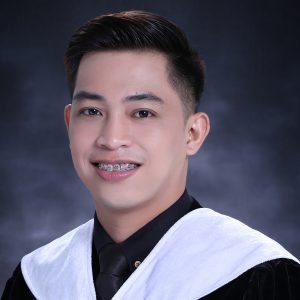
Junior Teacher Franco Rigor M. Legatub, BSc
Laboratory

Junior Teacher Reza M. Grajo, LPT
Sports

Master Teacher Arleen B. Alferos, MSc
Student Organizations

Ms. Analene A. Bala, MA, RGC
aabala@ust.edu.ph
11 BE 1-16; MAD 1 & 2
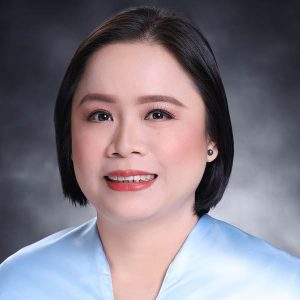
Ms. Kristine C. Cadano, MA, RGC
kccadano@ust.edu.ph
11 HUMSS 1-12; MAD 3-6

Ms. Cha B. Macalinao, RGC
cbmacalinao@ust.edu.ph
11 HA 1-18

Mr. Reiann M. Tayone, RGC
rmtayone@ust.edu.ph
11 STEM 1-18
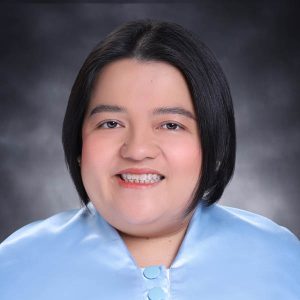
Ms. Denise Cydee B. Enriquez, MS, MAEd, RPm, RGC
dbenriquez@ust.edu.ph
11 PES 1-3

Ms. Sharry J. Concepcion, RGC
sjconcepcion@ust.edu.ph
12 HUMSS 1-12; MAD 1-3; ABM 15-16
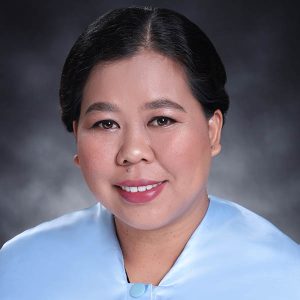
Ms. Rosemarie A. Carasucho, MA, RCG, LPT
racarasucho@ust.edu.ph
12 HA 1-17

Ms. Alyssa T. de Leon, RGC
atdeleon@ust.edu.ph
12 STEM 1-18

Ms. Azel Sampang, RGC
easampang@ust.edu.ph
12 ABM 1-14; MAD 4-6

Ms. Denise Cydee B. Enriquez, MS, MAEd, RPm, RGC
dbenriquez@ust.edu.ph
12 PES 1-3
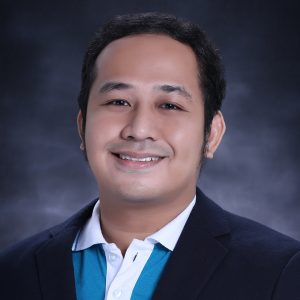
Mr. Henry Ivanz A. Boy
Academic Clerk
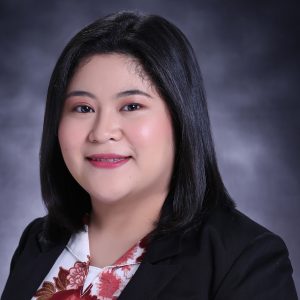
Ms. Jericah Mae M. Apo
Office Clerk

Ms. Alyssa E. Feliciano
Office Clerk
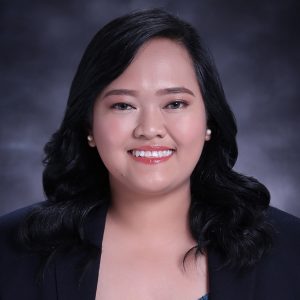
Ms. Zamantha Rae F. Gonzales
Office Clerk

Ms. Joiemie M. Padilla
Office Clerk
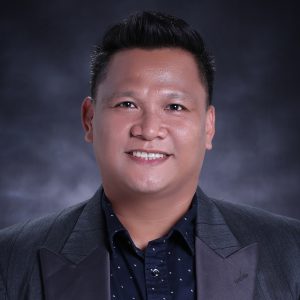
Mr. Christopher Alvin G. Cardinal
General Clerk
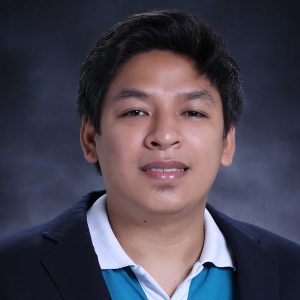
Mr. Marionne Louise I. Espino
General Clerk
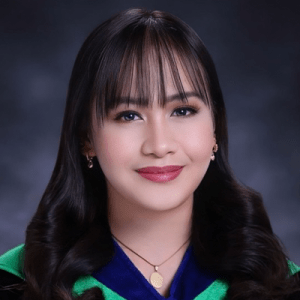
Ms. Kathleen Charm M. Frias
General Clerk
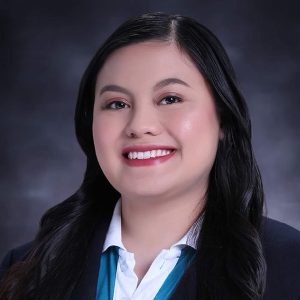
Ms. Jasmene C. Orbista
General Clerk

Mr. Frederick R. Leonen
Records Clerk

Mr. Angelico L. dela Cruz
Computer Laboratory Assistant

Mr. John Paul R. Legaspi
Computer Laboratory Assistant
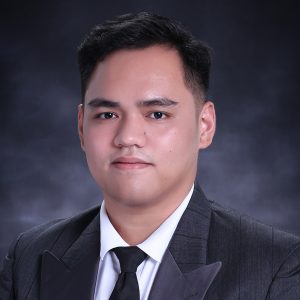
Mr. Brian M. Batuan
Science Laboratory Assistant
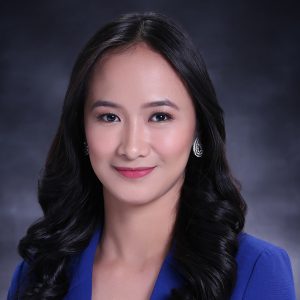
Ms. Laiza Jane B. Bautista
Science Laboratory Assistant
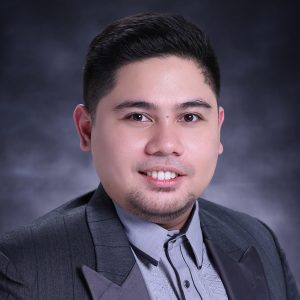
Mr. Carl Symon V. Caabay
Science Laboratory Assistant
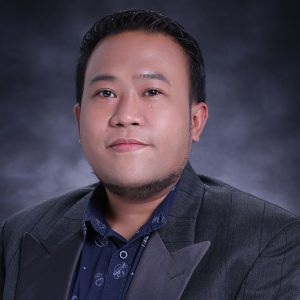
Mr. Ronald Rebello
Science Laboratory Assistant
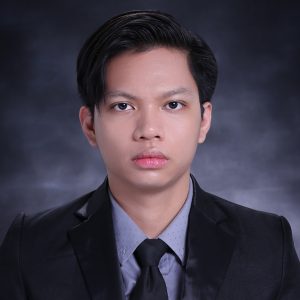
Mr. Jedd O. Virgo
Science Laboratory Assistant
The Senior High School opened in August 2016, as a response to the government’s institutionalization of a K-12 basic education system in the country.
Upon the passage of Republic Act 10533, then-Rector fr. Herminio V. Dagohoy, O.P., PhD formed a task force for the K-12 transition, led by then-Vice-Rector for Academic Affairs Clarita D. Carillo, PhD. This task force prepared the K-12 transition roadmap of UST, including the establishment of the Senior High School.
In 2015, a year before the rollout of the new program, fr. Dagohoy appointed Assoc. Prof. Pilar I. Romero, PhD as the first Principal of the Senior High School.
For its maiden year in 2016, the Senior High School welcomed 4,958 Grade 11 students, spread across six academic tracks / strands (i.e., Accountancy, Business, and Management Strand; Health-Allied Strand; Humanities and Social Sciences Strand; Science, Technology, Engineering, and Mathematics Strand; Music, Arts, and Design Track; and the Physical Education and Sports Track).
The original roster of officials included Assoc. Prof. Romero as Principal, Rev. fr. Dexter A. Austria, O.P., SThD as Regent, Assoc. Prof. Edilberto P. Manahan, PhD as Assistant Principal, Assoc. Prof. Rodrigo A. Litao, PhD as Assistant Principal for Curriculum and Instruction, Asst. Prof. Mary Erika N. Bolaños, PhD as Assistant Principal for Student Formation, and Asst. Prof. Jaezamie V. Ong, MA as School Secretary.
In 2018, the Senior High School produced its first batch of graduates, who demonstrated excellence in both academics and co-curricular pursuits. The students reaped laurels in national and even international competitions that tested their skills in academics, performing arts (such as the dance troupe Galvanize), and sports.
In August 2019, the Senior High School began occupying the brand-new Blessed Pier Giorgio Frassati, O.P. Building, a 23-storey edifice across the main España campus. The edifice will house smart classrooms, laboratories, a practice gymnasium, an auditorium, a two-floor library, and an eco-friendly canteen, among others.

